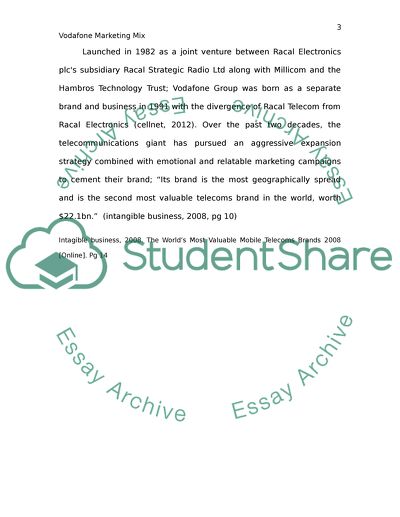Cite this document
(“Marketing analysis Essay Example | Topics and Well Written Essays - 3000 words”, n.d.)
Marketing analysis Essay Example | Topics and Well Written Essays - 3000 words. Retrieved from https://studentshare.org/marketing/1402630-marketing-analysis
Marketing analysis Essay Example | Topics and Well Written Essays - 3000 words. Retrieved from https://studentshare.org/marketing/1402630-marketing-analysis
(Marketing Analysis Essay Example | Topics and Well Written Essays - 3000 Words)
Marketing Analysis Essay Example | Topics and Well Written Essays - 3000 Words. https://studentshare.org/marketing/1402630-marketing-analysis.
Marketing Analysis Essay Example | Topics and Well Written Essays - 3000 Words. https://studentshare.org/marketing/1402630-marketing-analysis.
“Marketing Analysis Essay Example | Topics and Well Written Essays - 3000 Words”, n.d. https://studentshare.org/marketing/1402630-marketing-analysis.


